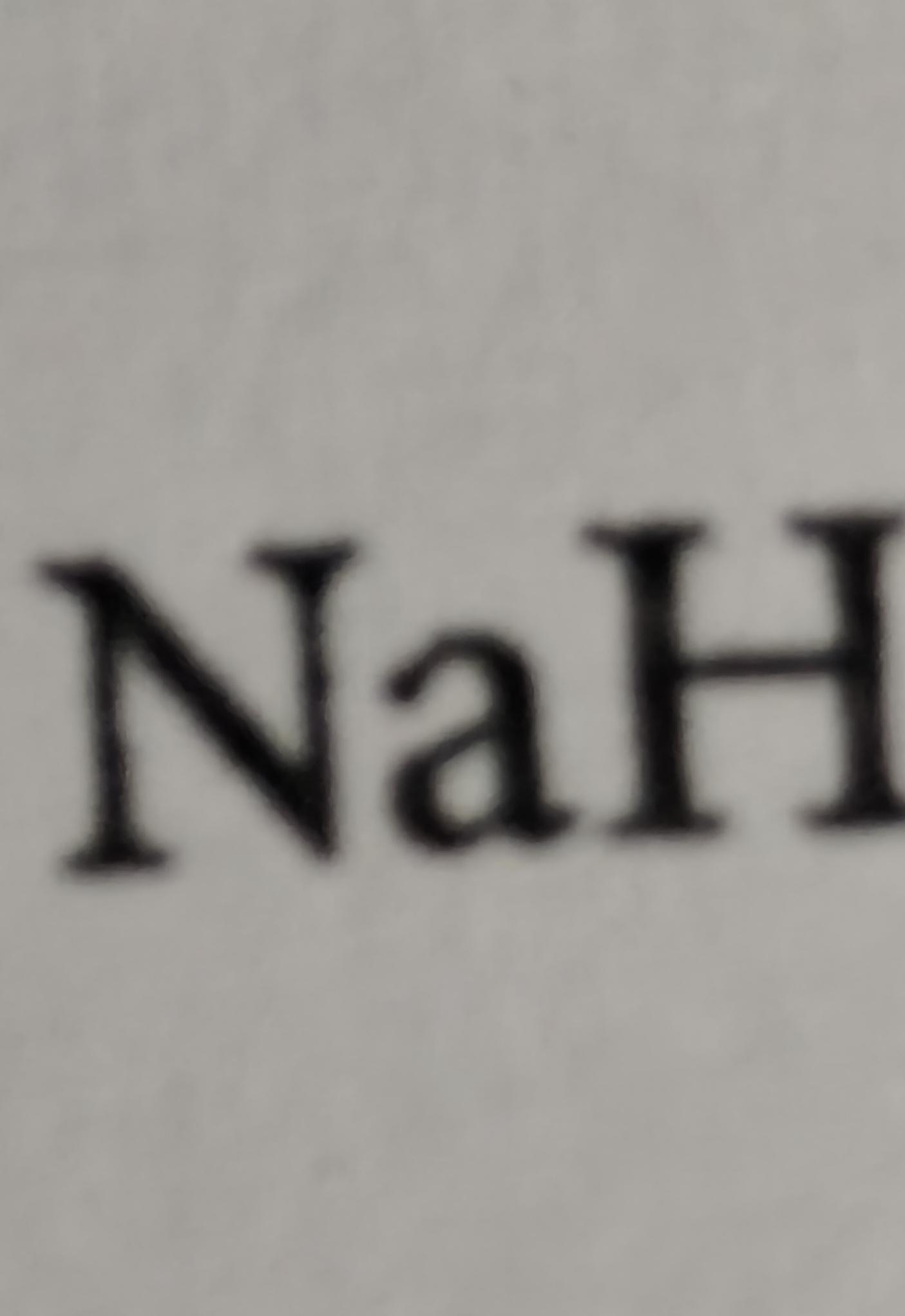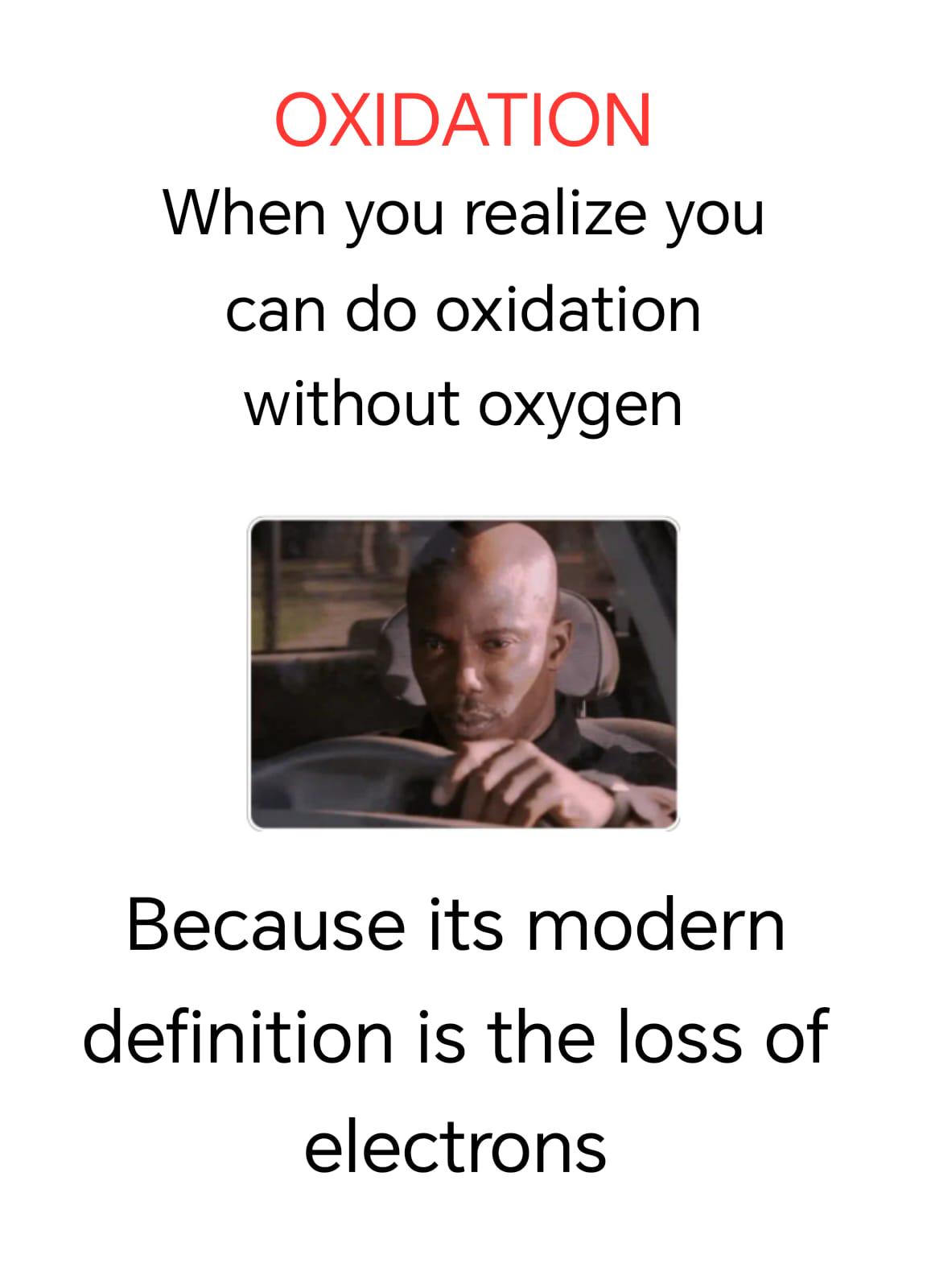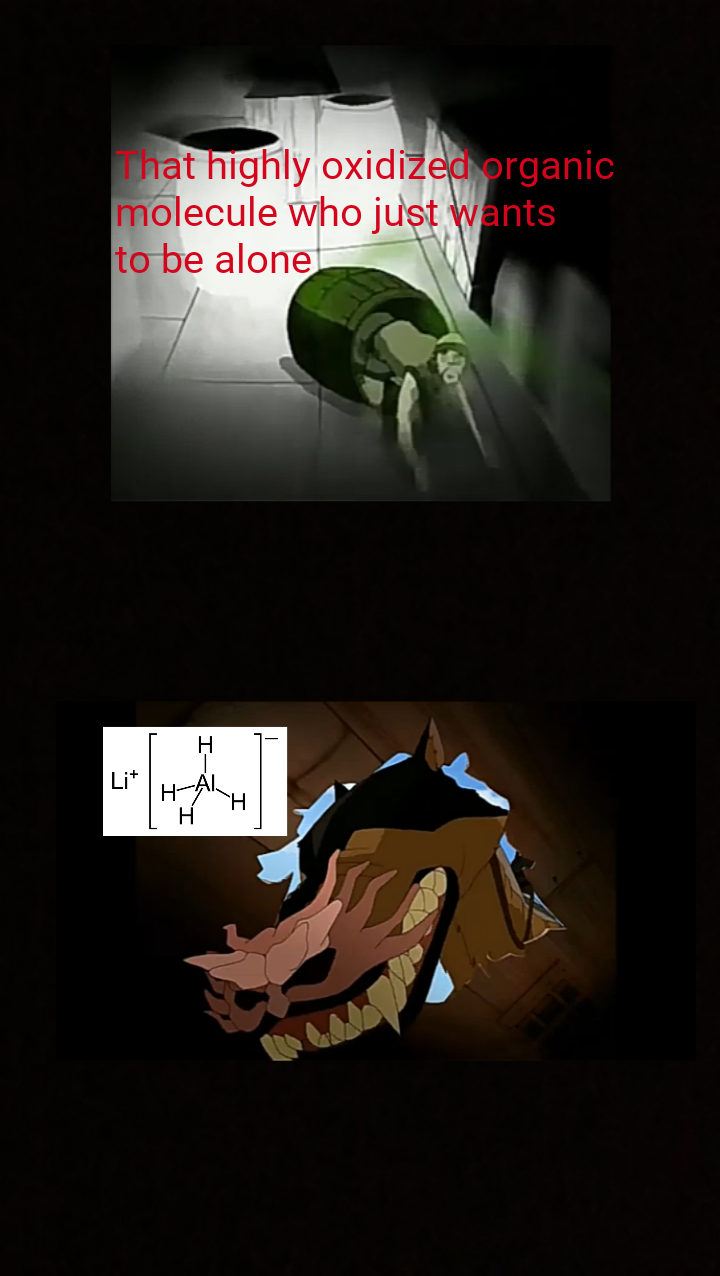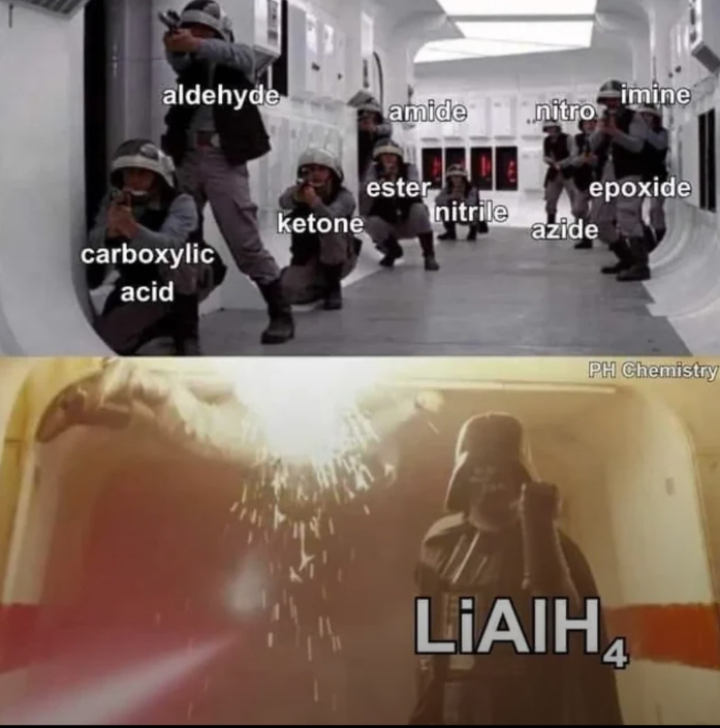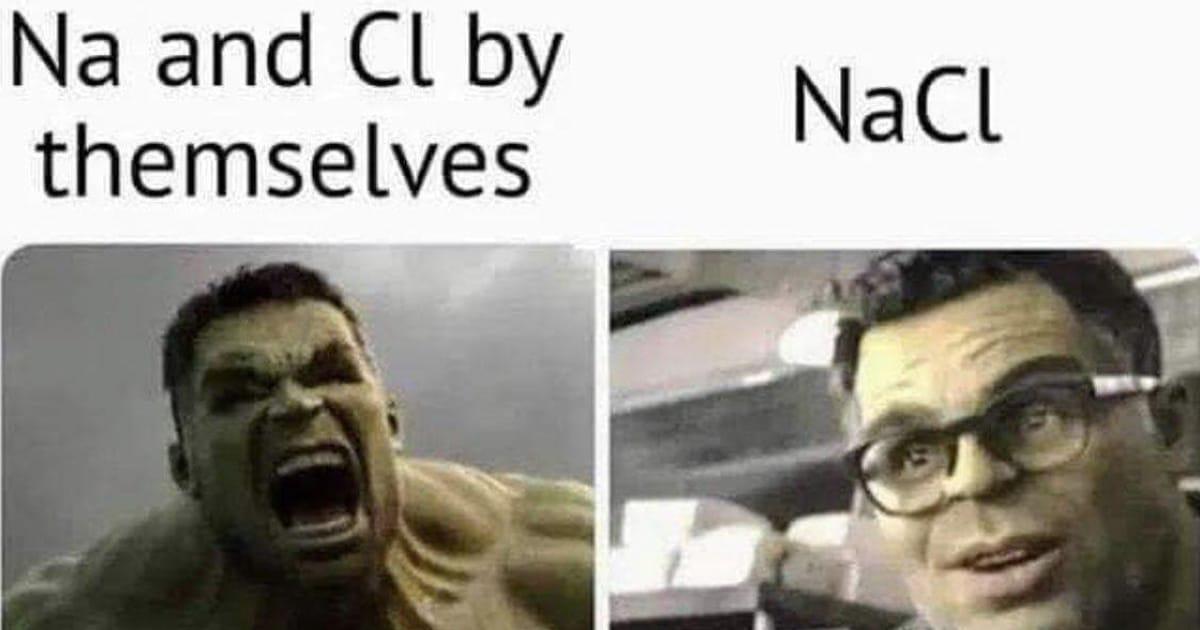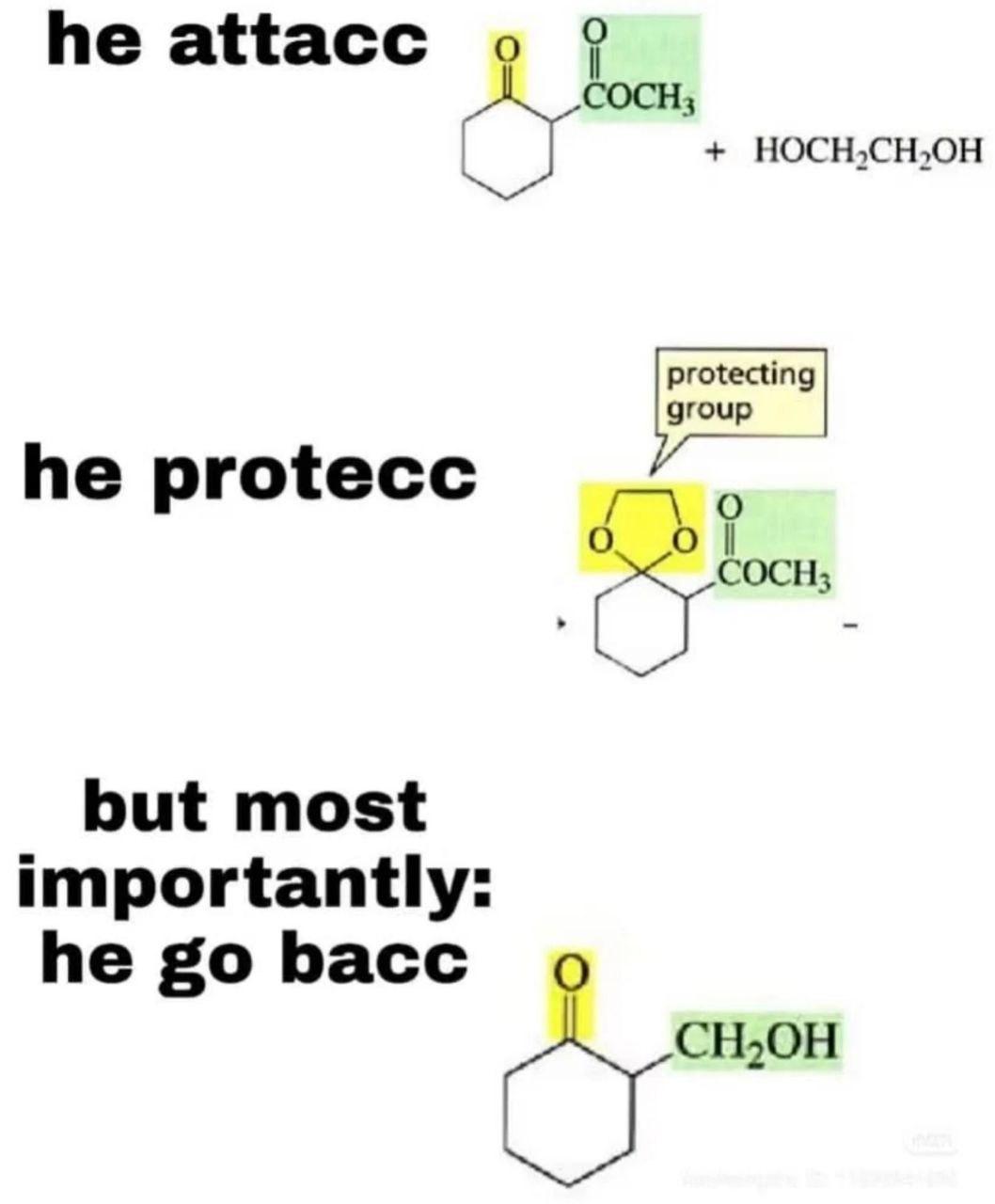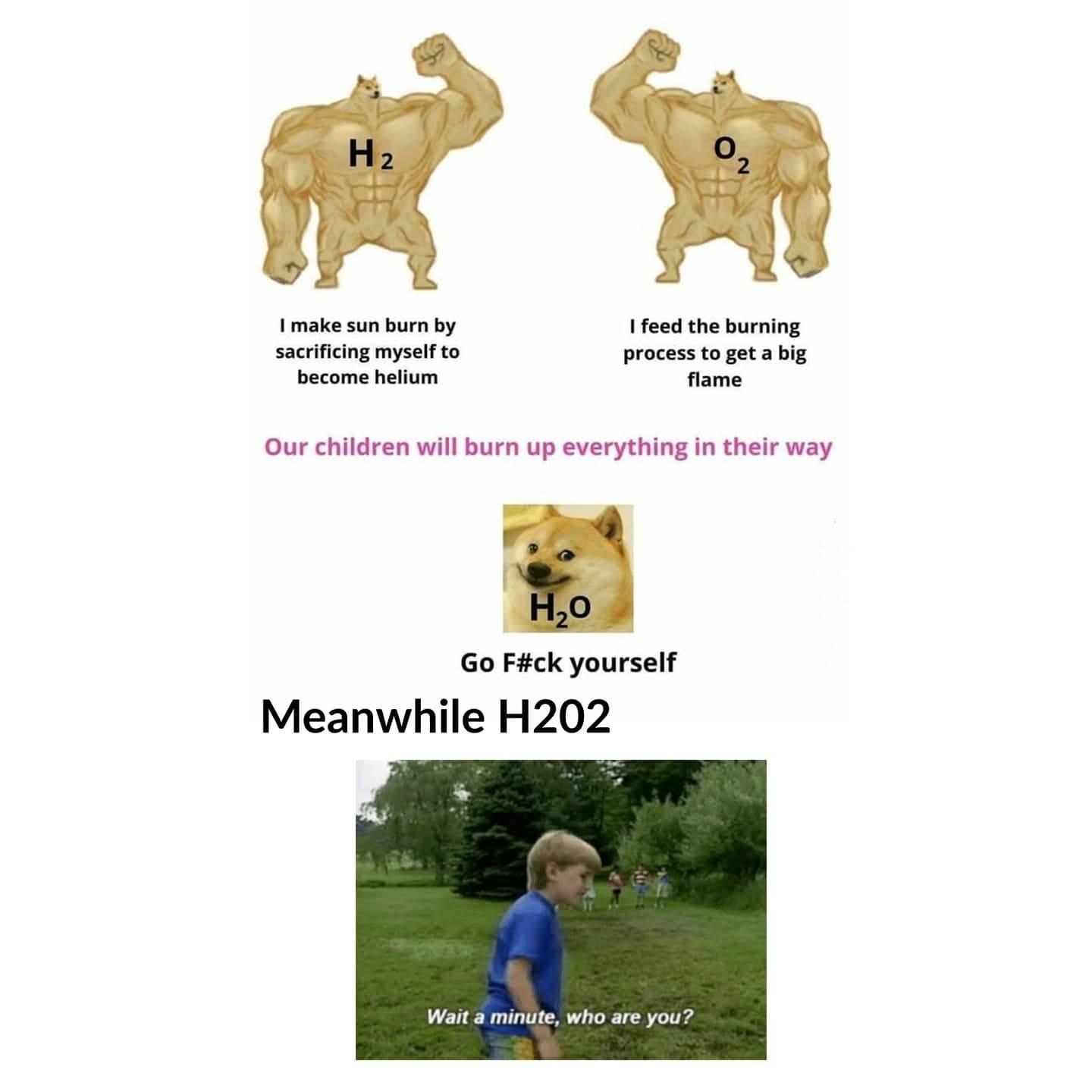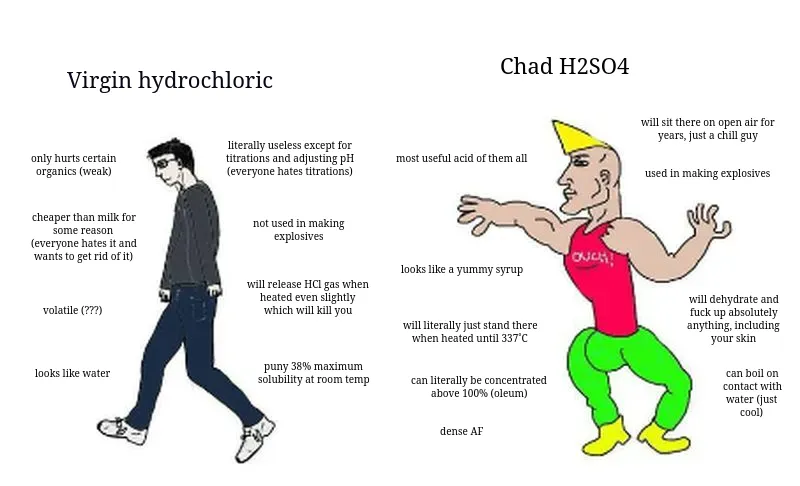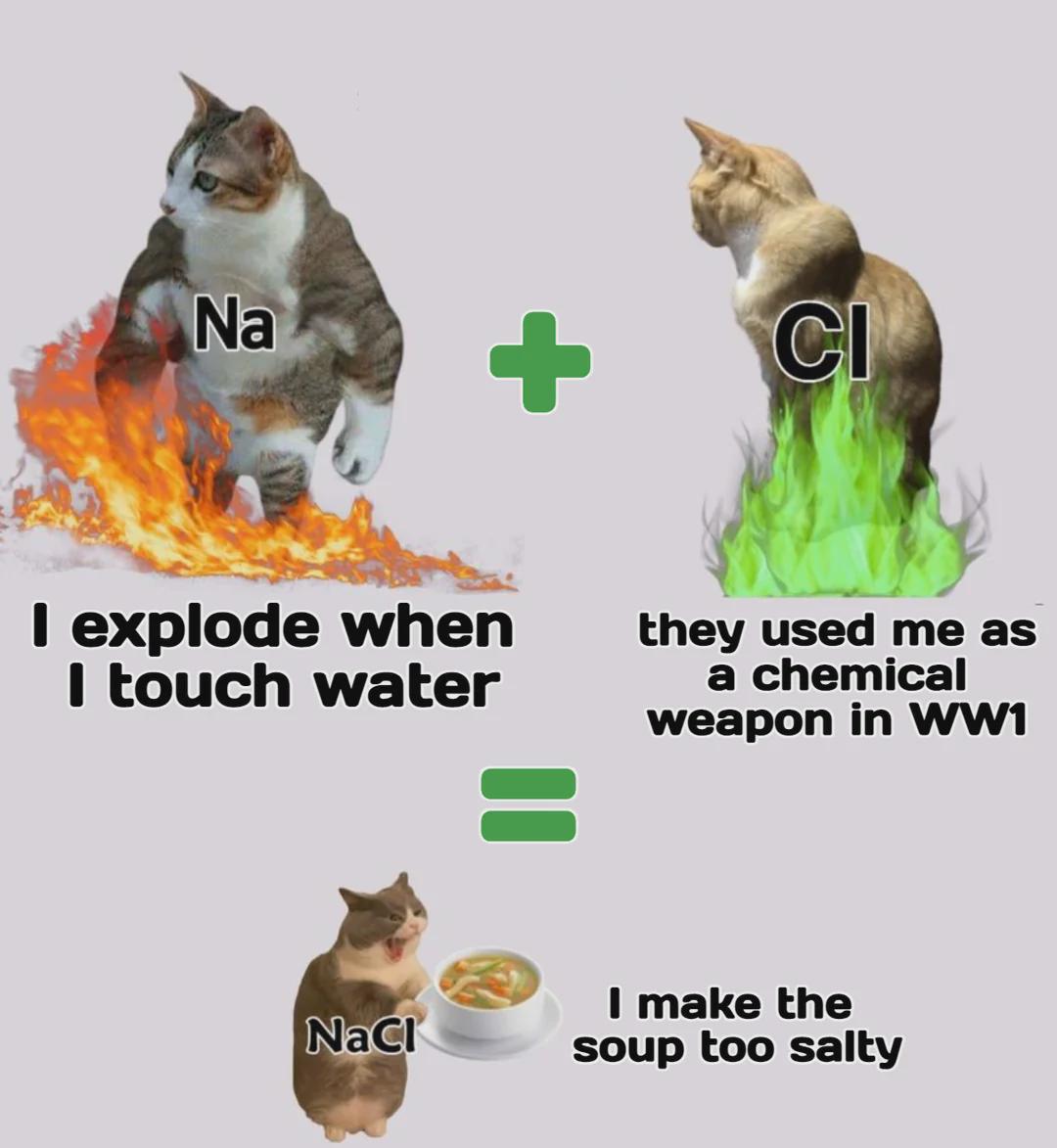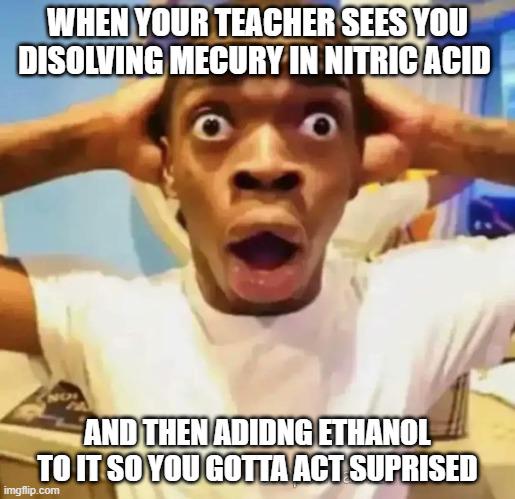The chemistry meme that organic chemists didn't know they needed! This brilliant play on the "he protecc, he attacc" meme format shows the lifecycle of a protecting group in organic synthesis. First, the ketone "attaccs" with its reactive carbonyl group. Then it "proteccs" by forming an acetal (that yellow highlighted structure). But what makes this chemistry truly beautiful? "He go bacc" - the protecting group can be removed when its job is done, returning the molecule to a modified form of its original state. It's like chemical bodyguards that know when to step aside. The perfect relationship doesn't exi— oh wait, it does, in organic synthesis!


 Academia
Academia
 Ai
Ai
 Astronomy
Astronomy
 Biology
Biology
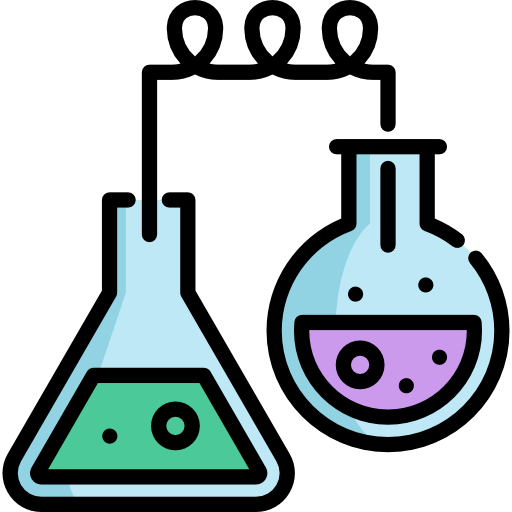 Chemistry
Chemistry
 Climate
Climate
 Conspiracy
Conspiracy
 Earth-science
Earth-science
 Engineering
Engineering
 Evolution
Evolution
 Geology
Geology
